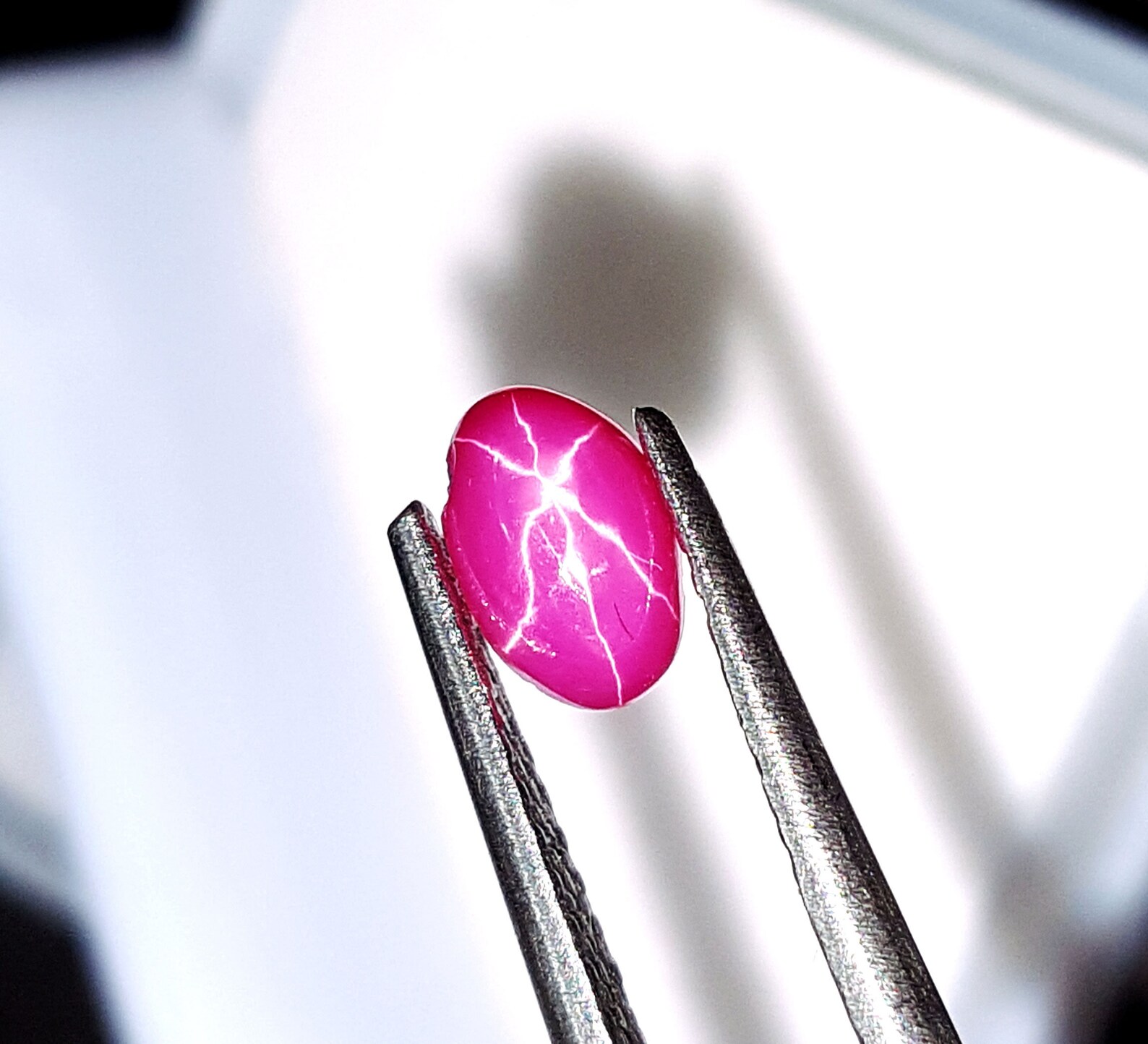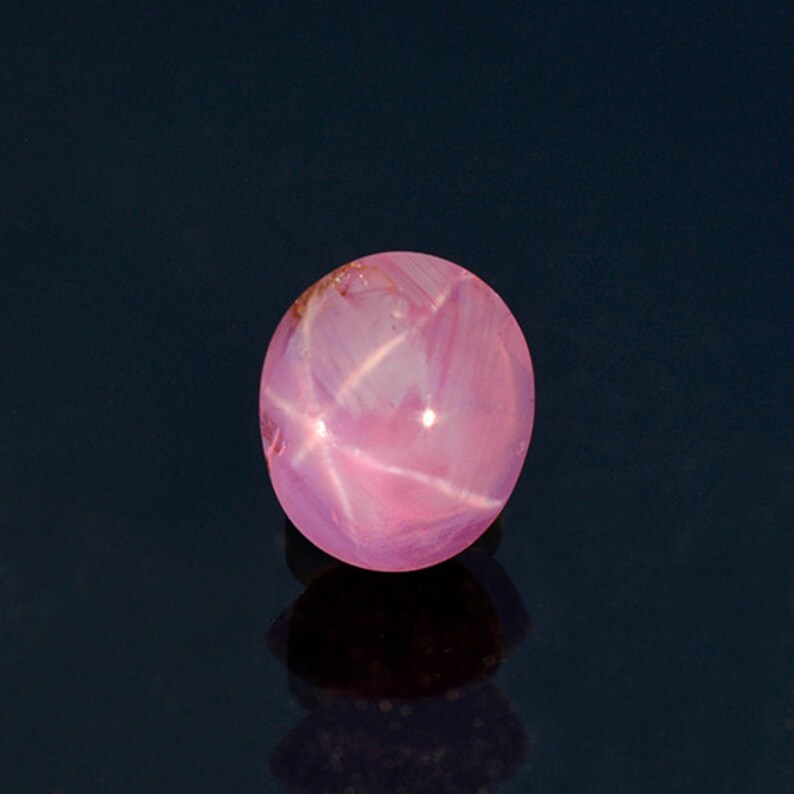
In part because it was a gemstone heist, and in part because Jack Murphy was a handsome villain who made the ladies swoon.Aligned needles that intersect each other at varying angles produce the rare phenomenon known as asterism. The trial that followed received wide-spread attention. The gemstones were found in a nearby phone booth. The thieves were eventually arrested in Florida while trying to ransom their stolen goods.

Much to their delight, the alarm’s battery was completely dead and hadn’t been replaced in years. Once inside, they discovered there was only one alarm installed in the entire jewelry collection, and it was attached to the Star of India. The thieves, led by Jack Murphy (1938 – 2020), a Californian surfer, climbed through an open bathroom window in the museum’s upper floor. In 1964, it was stone in a fantastic jewelry heist.

It was given to the museum in 1900 by the banker tycoon JP Morgan (1837-1913). Mined in Sri Lanka and virtually flawless, this Star Sapphire weighs 563 carats and is a little larger than a golf ball. The most famous Star Sapphire, is the “Star of India” which belongs to the American Museum of Natural History in New York City. Star Sapphire command a higher price than regularly Sapphires and so miners link them with good luck and financial abundance.

In Sri Lanka, where many Star Sapphires have been found, they are believed to offer powerful protection against the evil eye and other forms of witchcraft. While among Christian populations, Star Sapphire has been called “The Stone of Destiny” for centuries, with the crossed lines symbolizing faith, hope and charity. In one 17th century German lapidary, Star Sapphires were described as siegstein, or “victory stone”. According to Arab lore, Star Sapphires give their owner the power to speak in the language of the genii and thus command the jinns to perform feats of magic. Helen of Troy was said to derive her beauty and power, in part, because she owned a star-stone. In cultures flanking the Mediterranean Sea, Star Sapphires were thought to be love charms and magical talismans. Star Sapphires were thought to have special powers, stronger and more unique than that of regular Sapphires. Polished opaque star-stones, have a silvery shimmer instead of a distinct star. The name refers to a curious phenomenon that results in a vivid white six-pointed star in polished transparent gemstones. They come in every shade of the rainbow, although red ones will be called Star Rubies instead.

They are included in some of the ancient and medieval lapidaries, texts that describe gemstones and their powers, and are sometimes given their own distinct section in modern lapidaries. Star Sapphires have been one of the most highly prized gemstones for centuries.


 0 kommentar(er)
0 kommentar(er)
